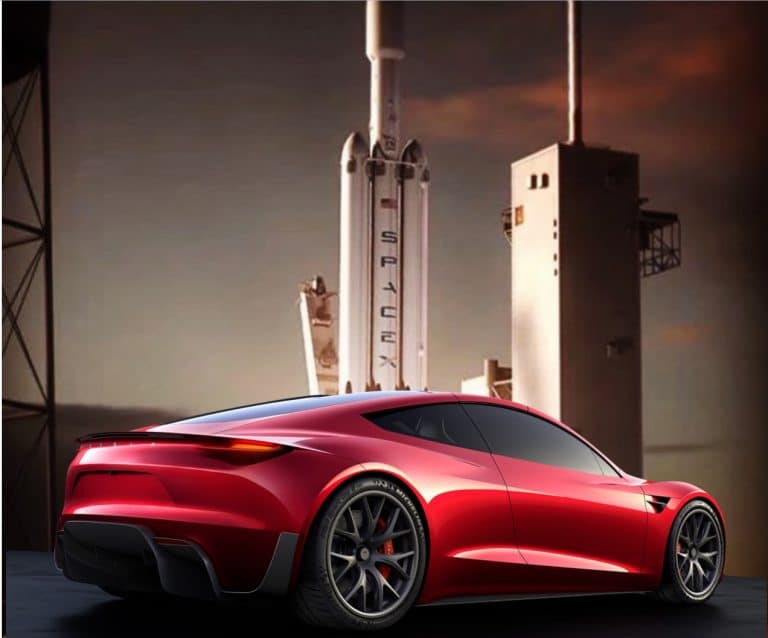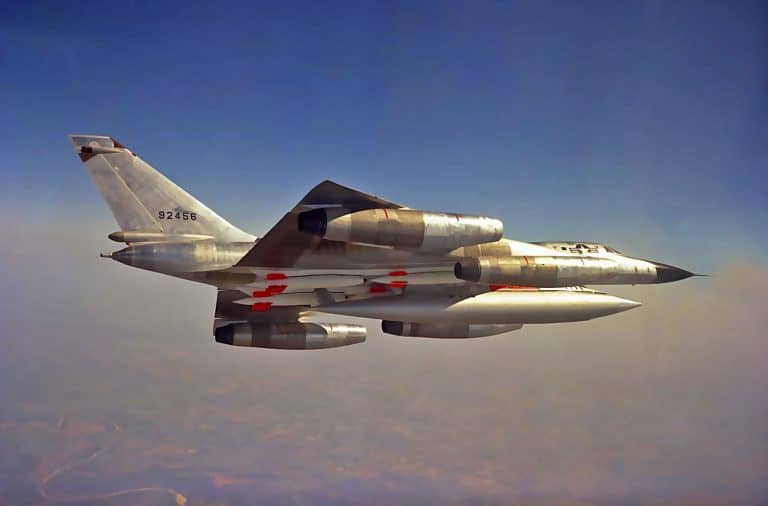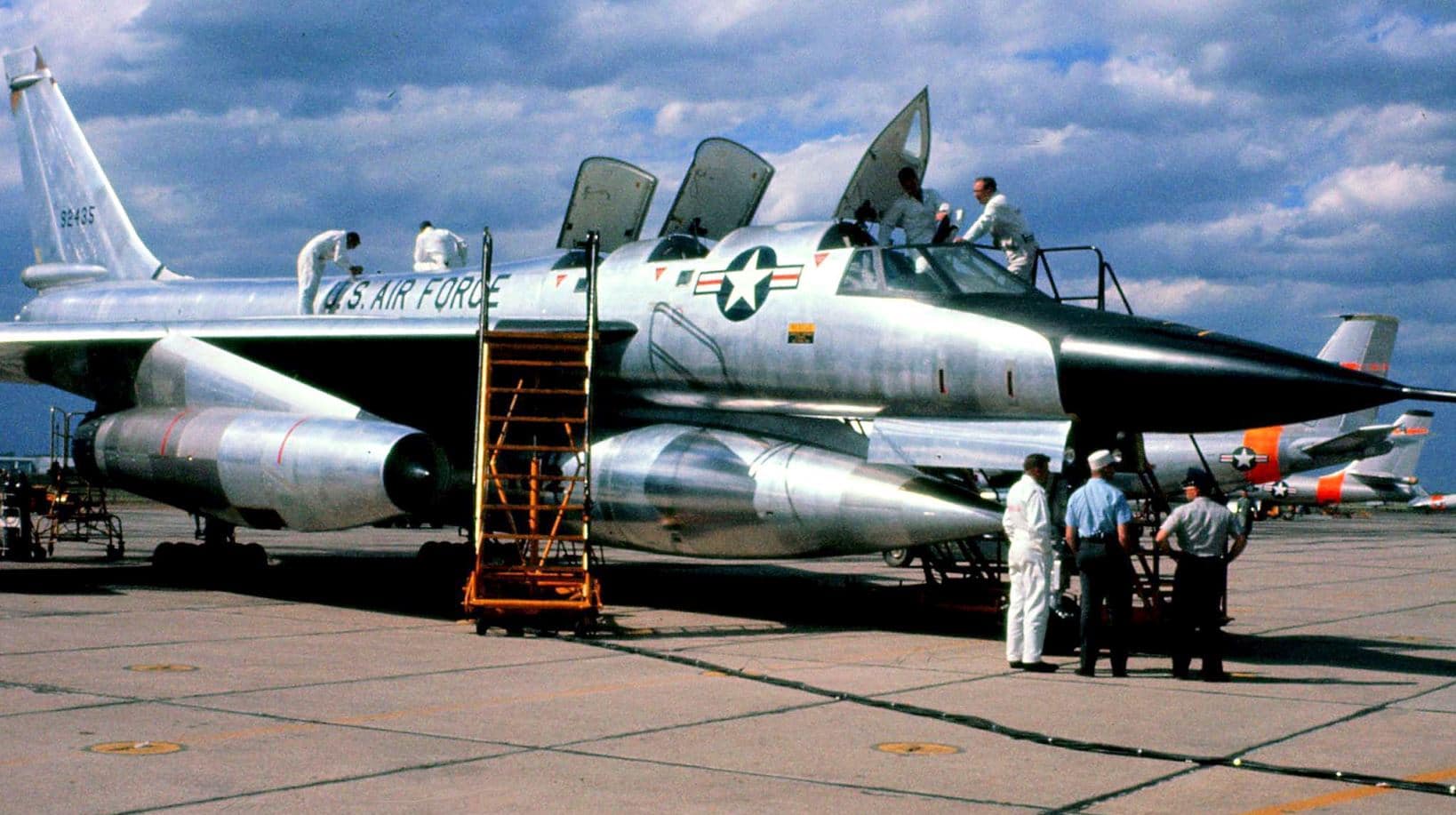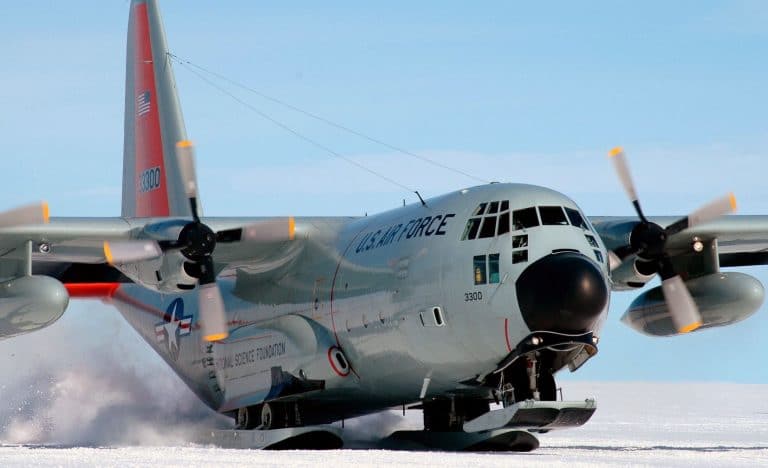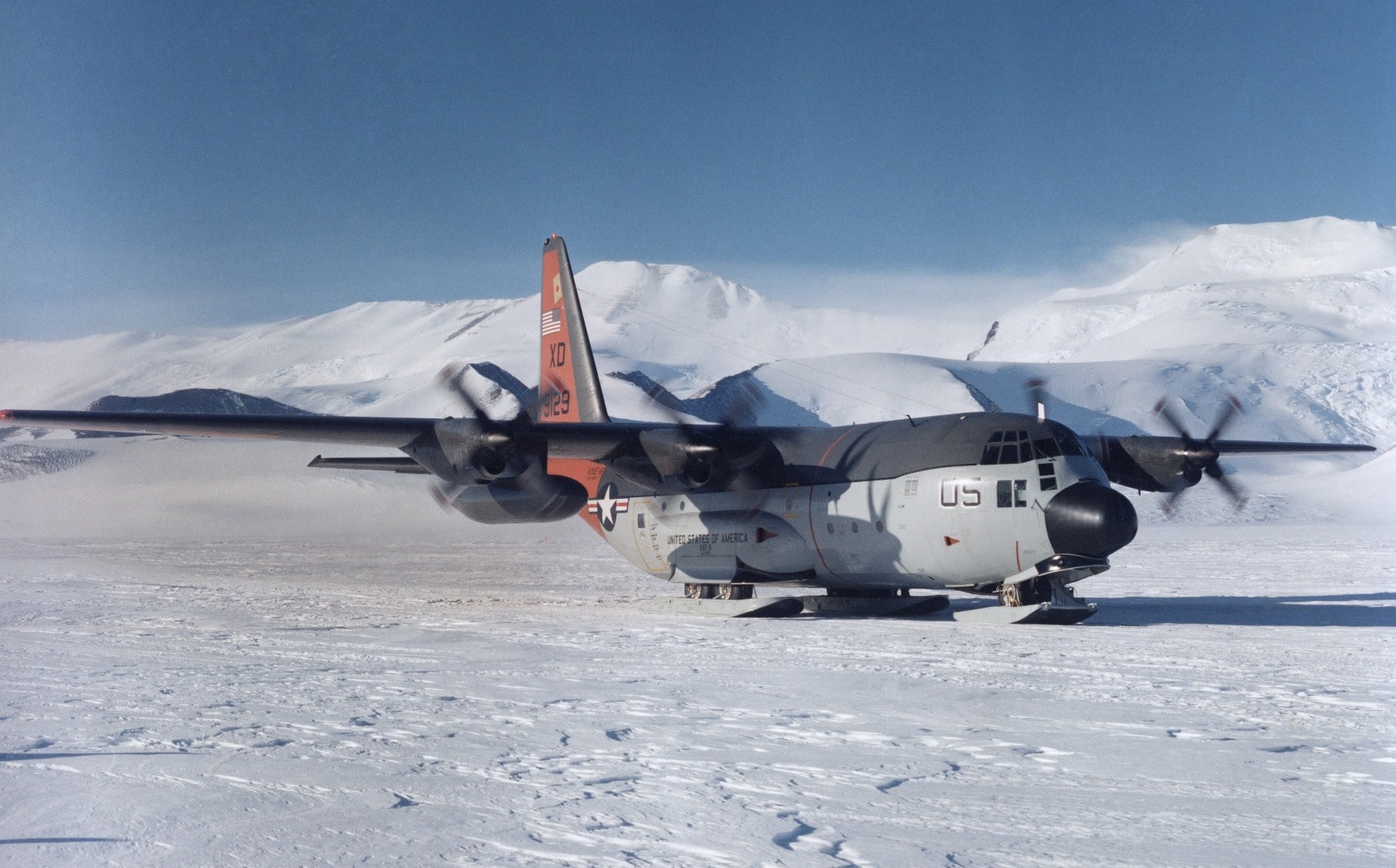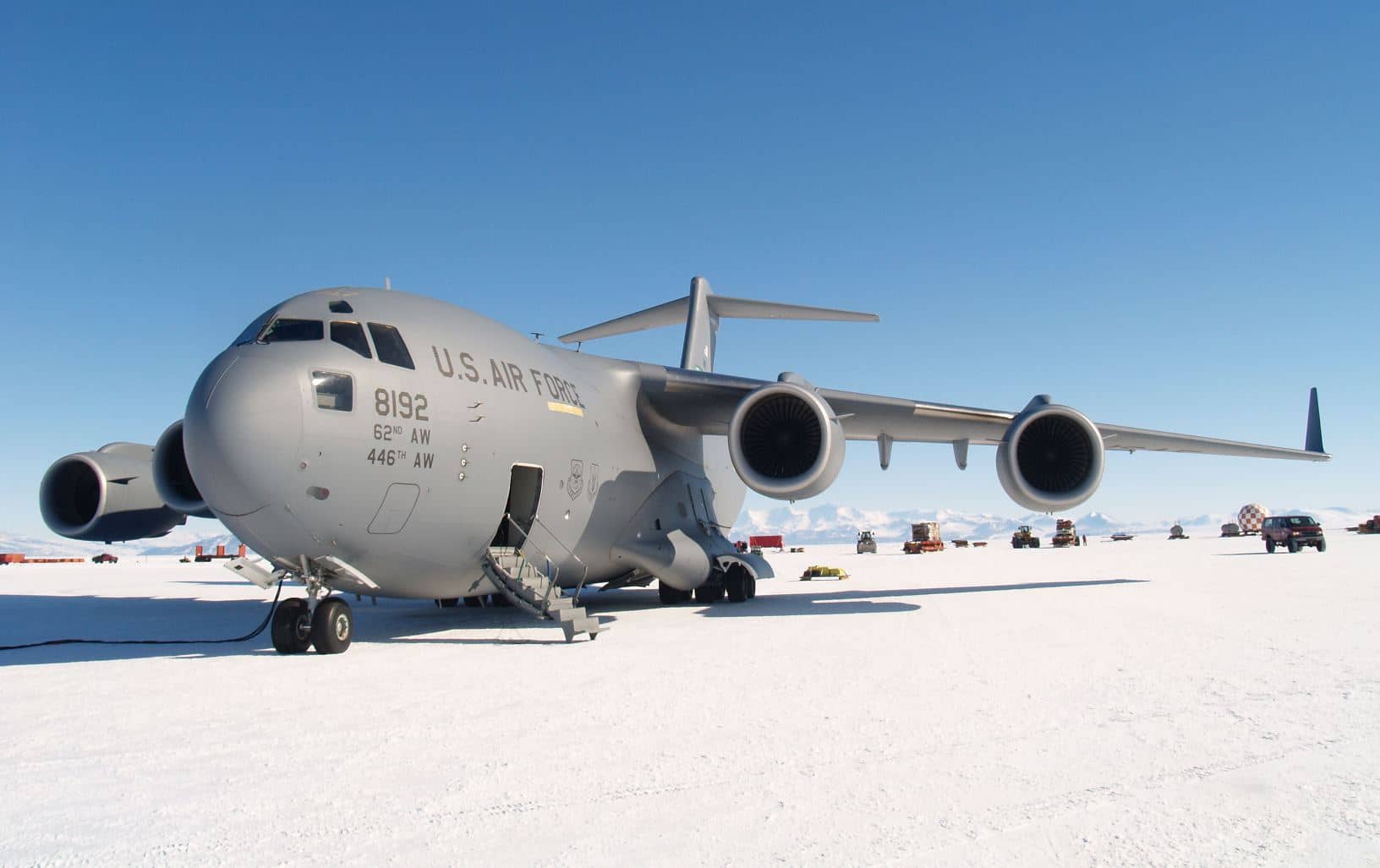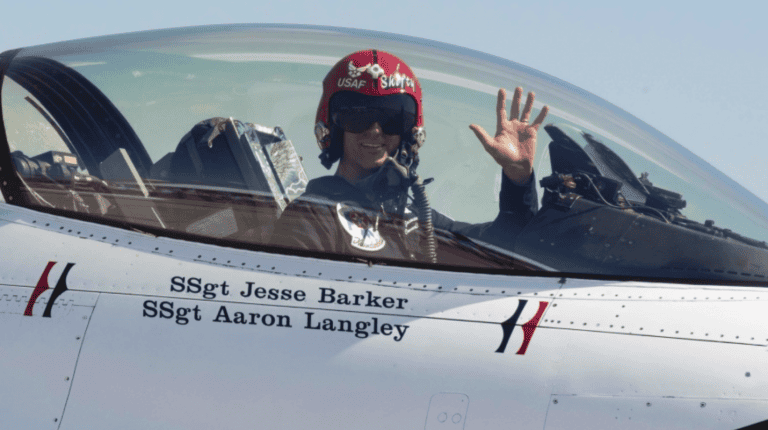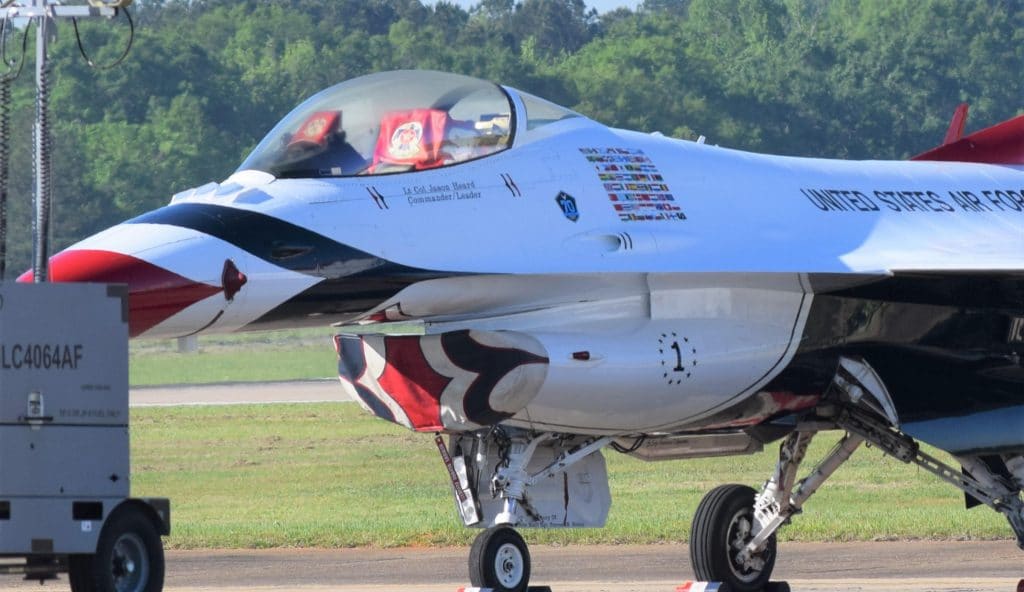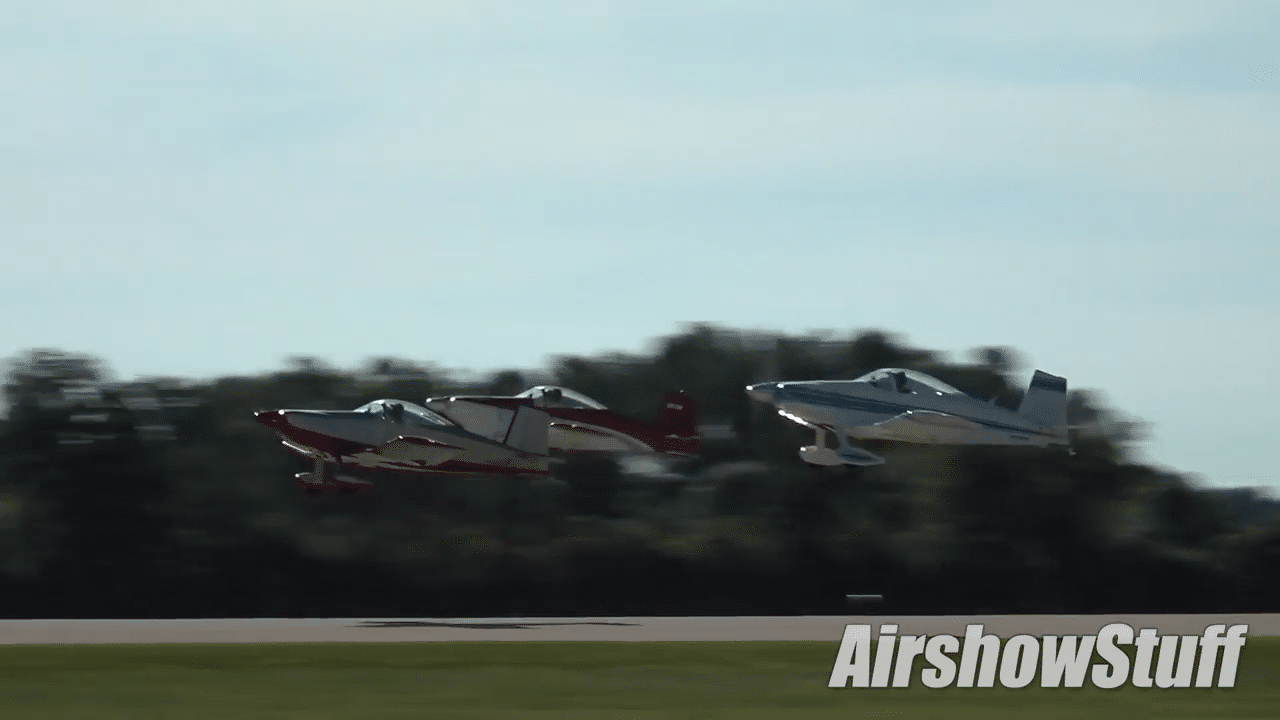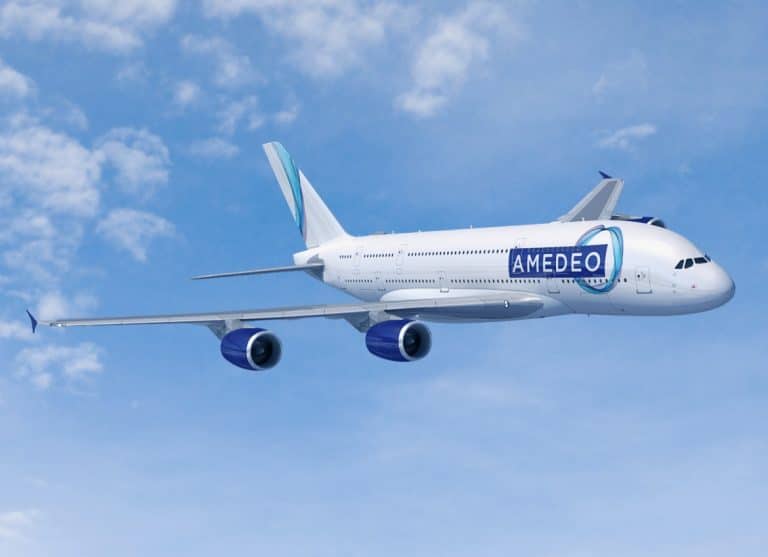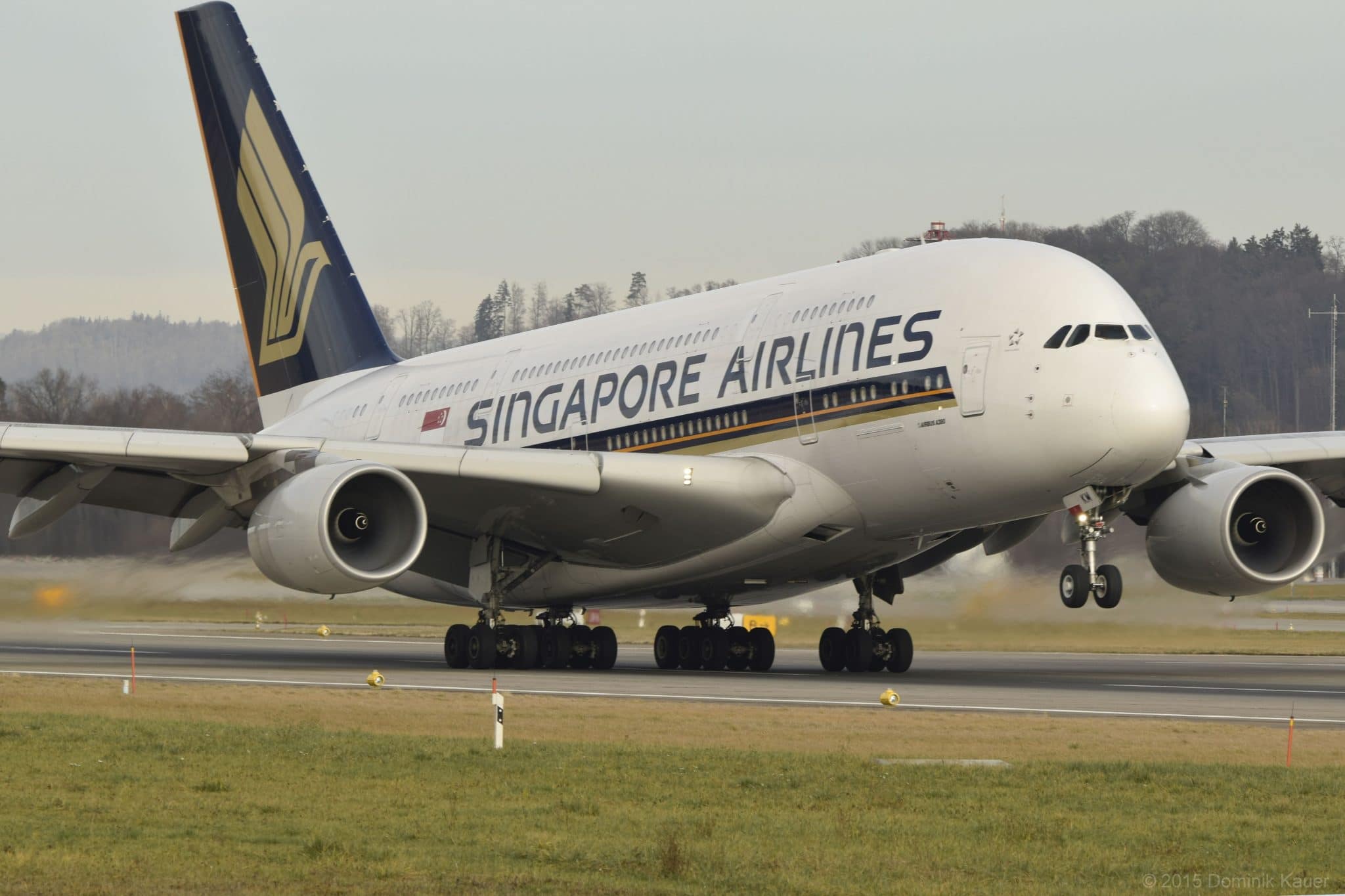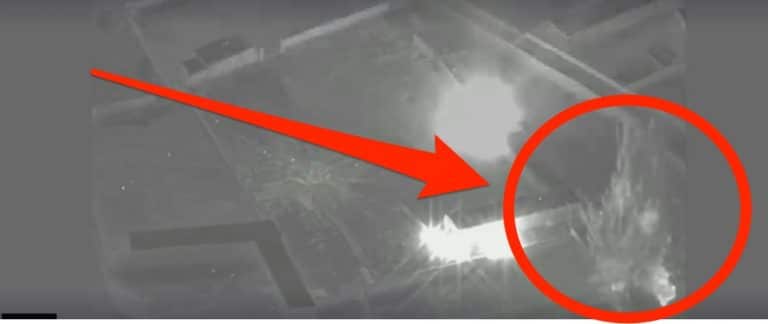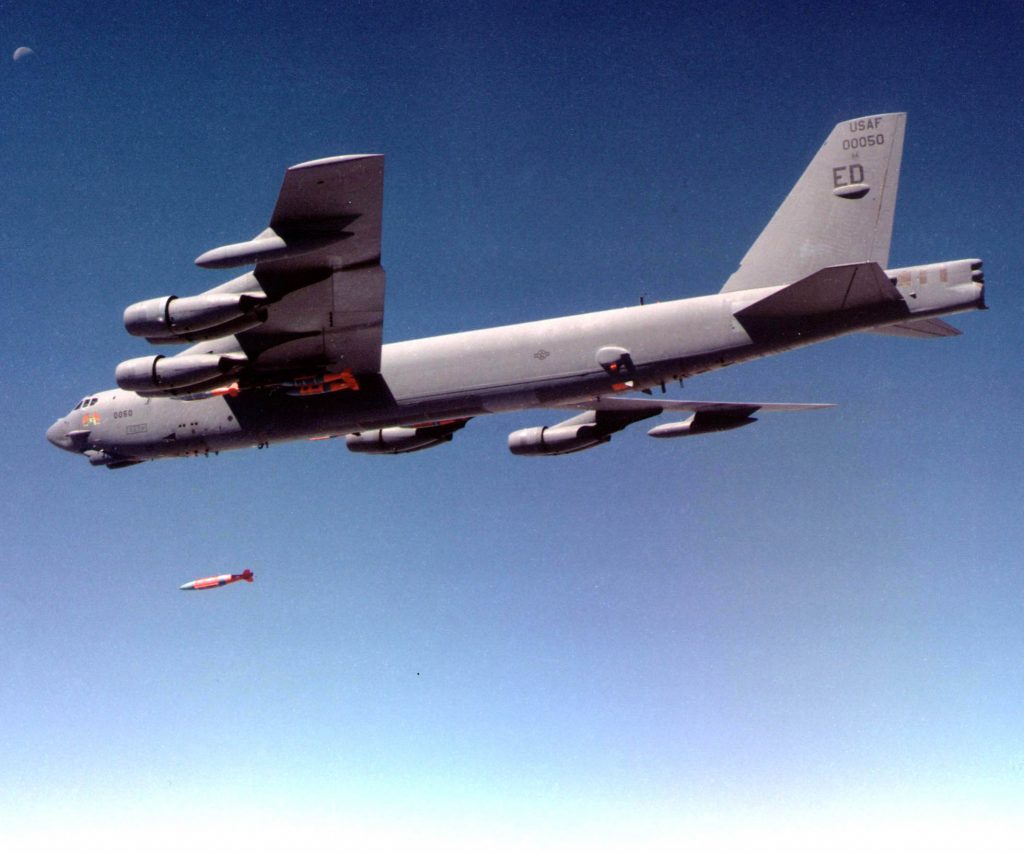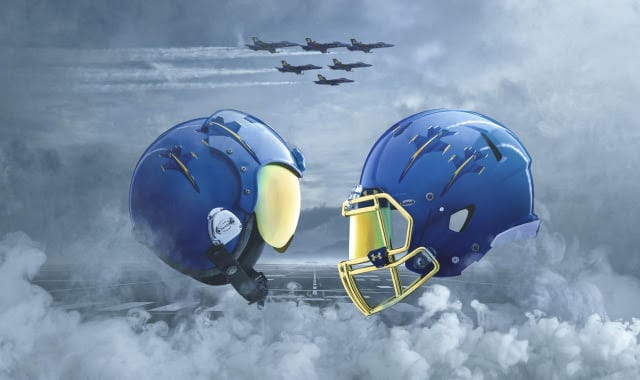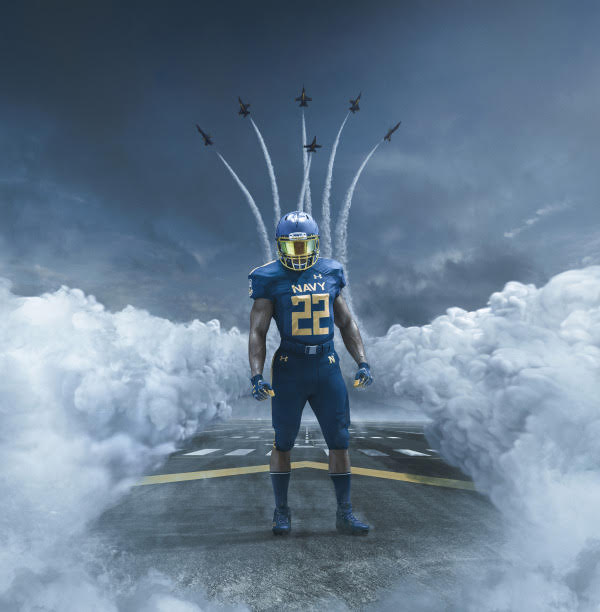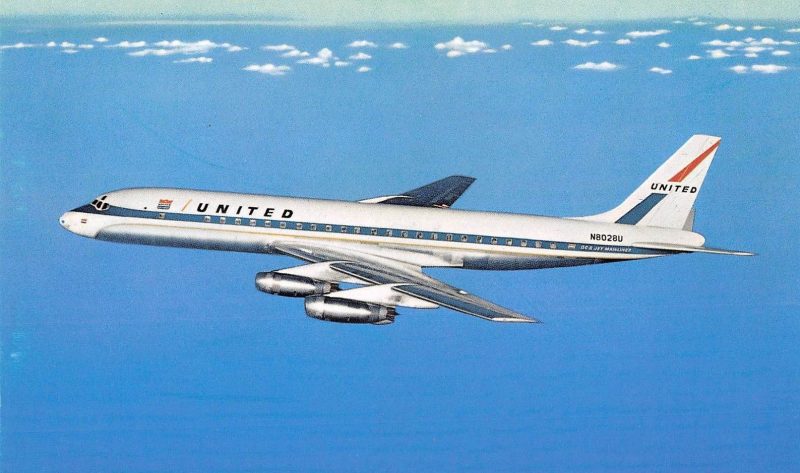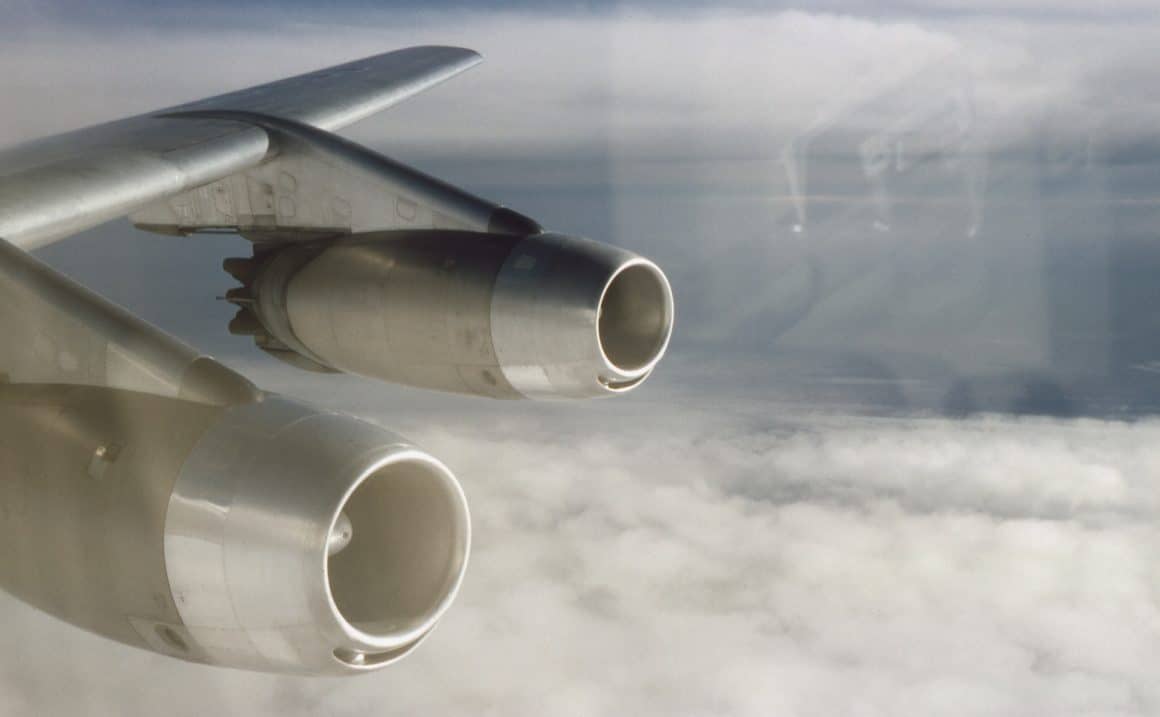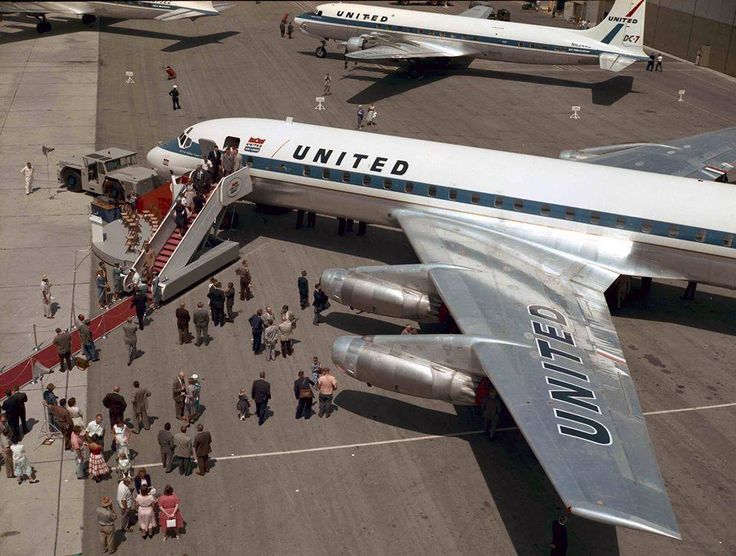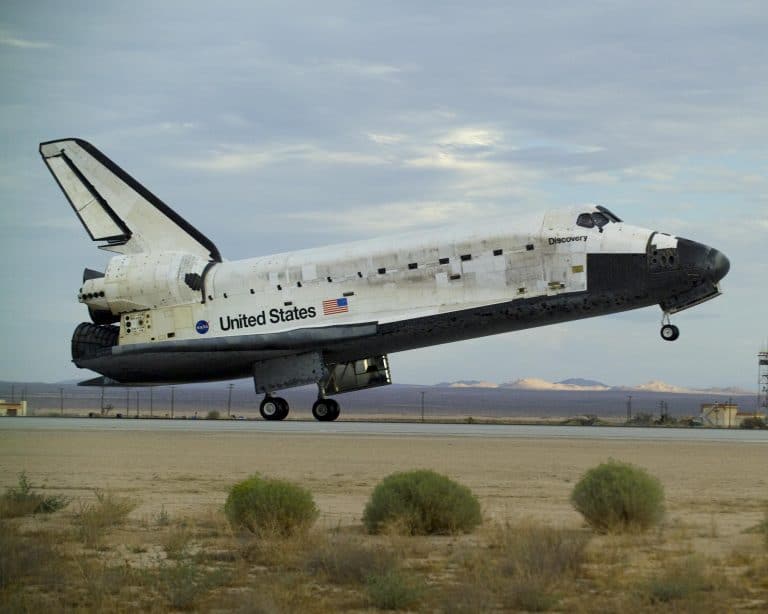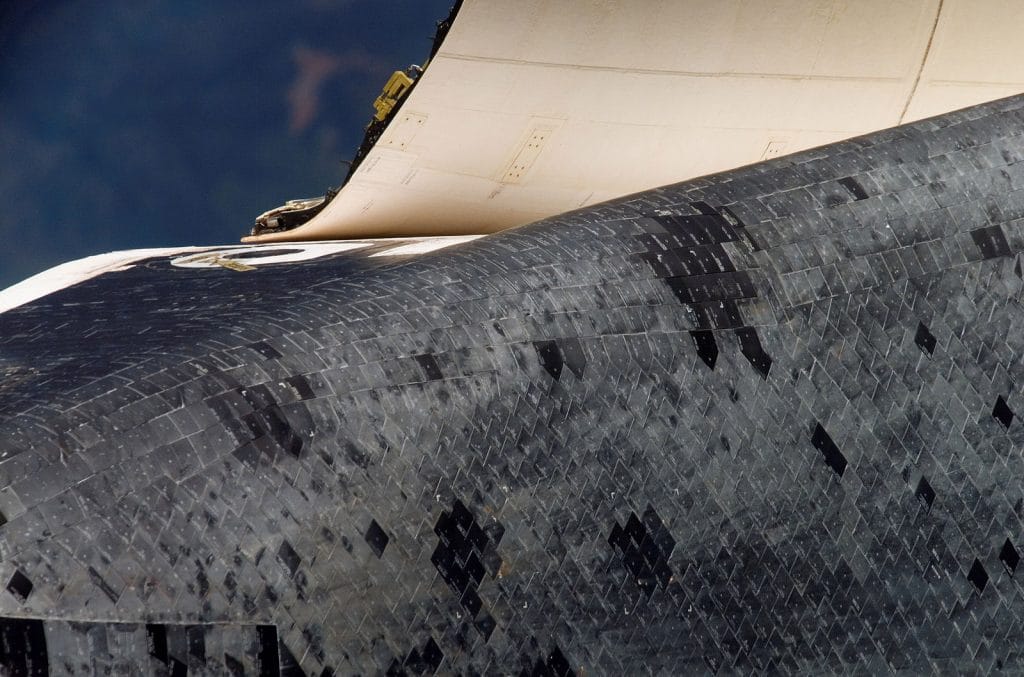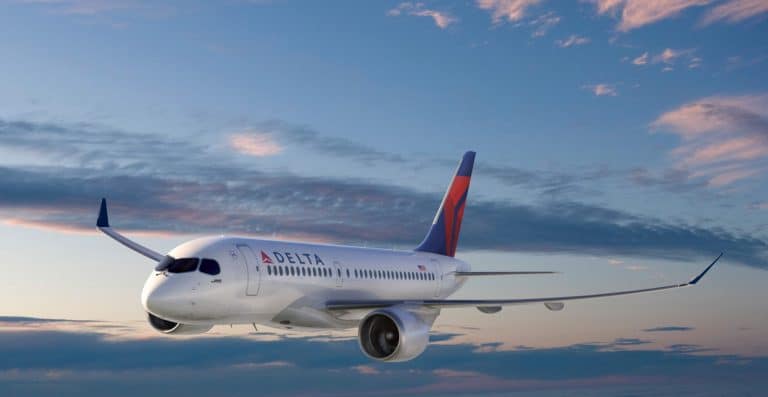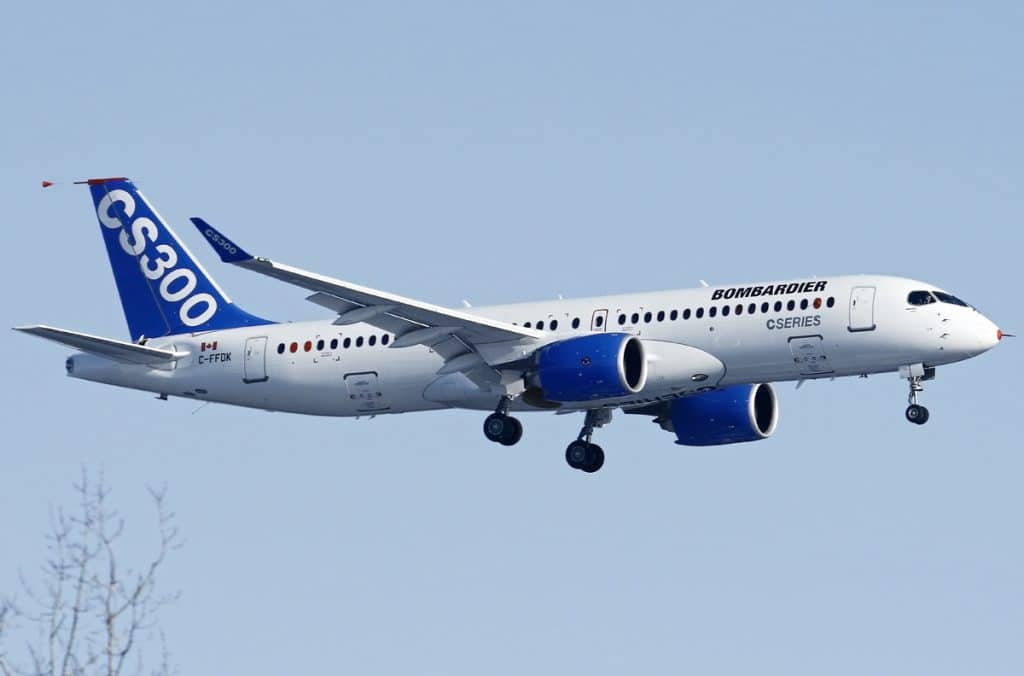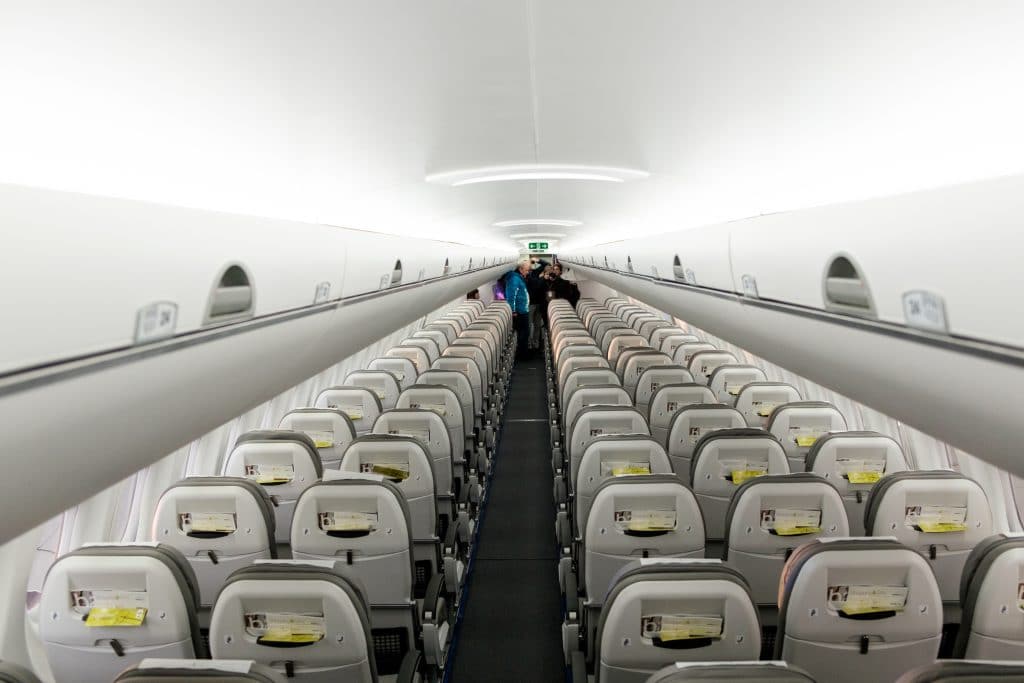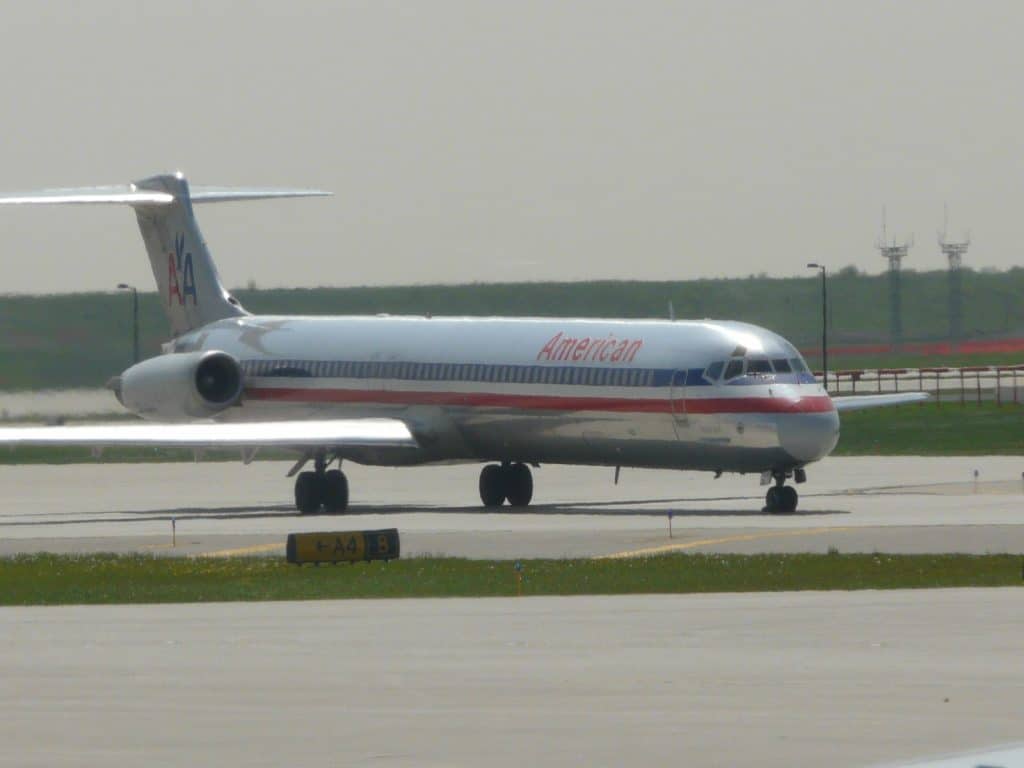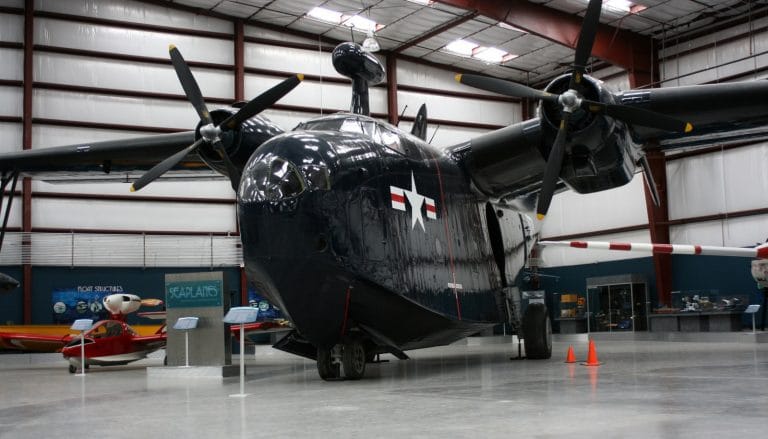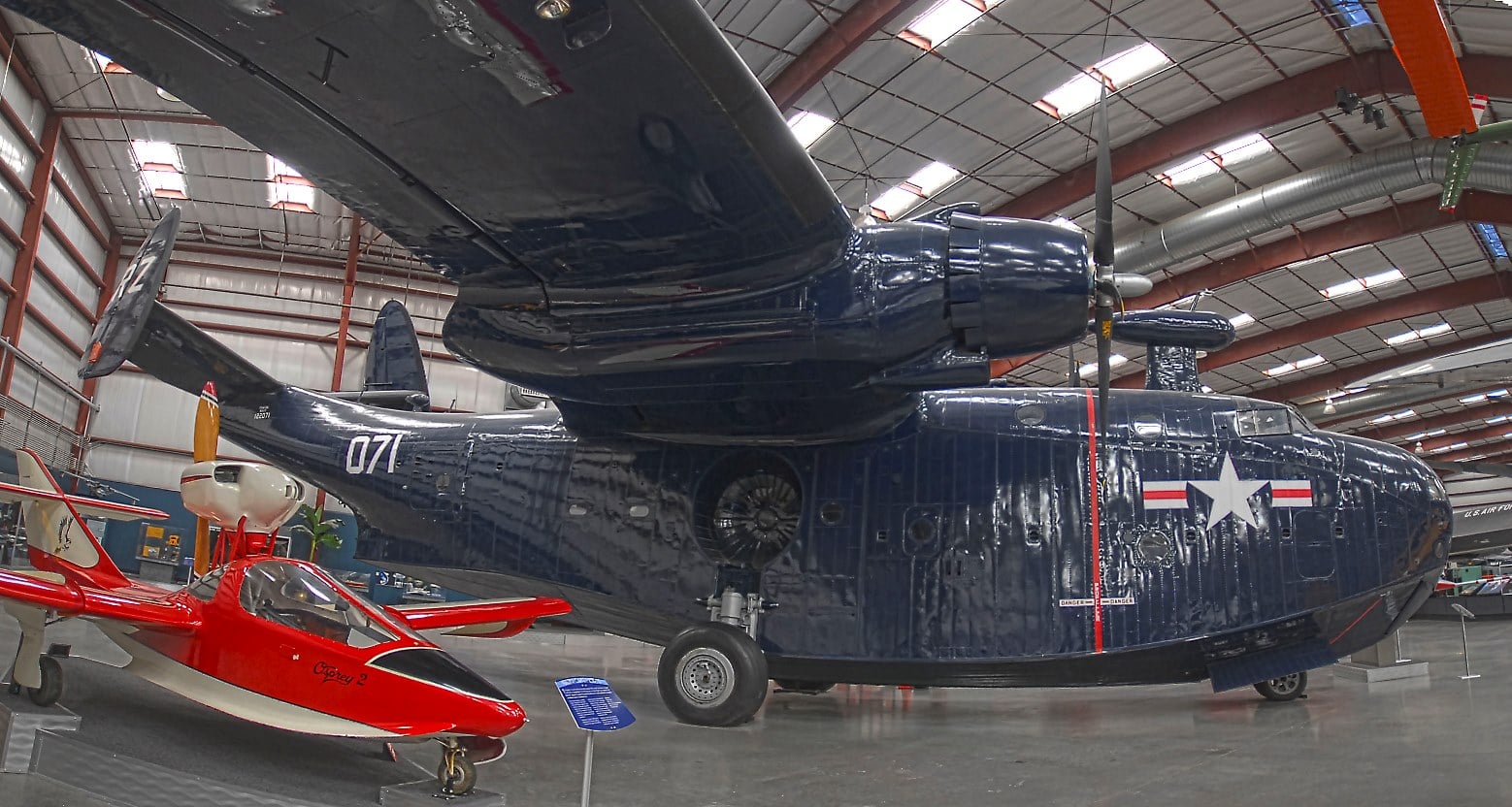“Ground Control to Major Tom” may soon be playing in orbit around Mars for the next billion years if Elon Musk has anything to say about it.
The owner of SpaceX knows how to get attention, and hinted previously that he wanted to launch “the silliest thing we can imagine” on the maiden flight of SpaceX’s highly anticipated Falcon Heavy rocket, currently scheduled for liftoff no earlier than January 2018.
But now Elon has decided on what that “silliest thing” will be, and revealed it to the world in – of course – a Tweet.
Payload will be my midnight cherry Tesla Roadster playing Space Oddity. Destination is Mars orbit. Will be in deep space for a billion years or so if it doesn’t blow up on ascent.
— Elon Musk (@elonmusk) December 2, 2017
That’s right, he wants to launch one of his electric cars into Mars orbit, as a huge publicity stunt for SpaceX, and it won’t be the first time such “dummy” payloads have been launched by the company either.
In 2010, Elon put a wheel of French Le Brouere cheese onboard a SpaceX Dragon capsule inspired by Monty Python’s Flying Circus. The spacecraft was a big deal in that its mission would mark the first spacecraft launched, orbited and recovered by a private company in history.
Launching a Tesla will also make for some great cross-promotion, being that Elon also owns Tesla.
There is no customer payload as the mission objective for the first Falcon Heavy – the mission is simply proving the Falcon Heavy works. The rocket is basically made of three Falcon-9 rockets strapped together to make a new, heavy-lift, 27-engine mammoth beast the likes of which has not been seen since the days of NASA’s Apollo missions on history’s most powerful operational rocket – the Saturn V.
Musk first announced plans for the Falcon Heavy in April 2011.
No private company has ever launched a spacecraft beyond the orbit of Earth yet either, so the mission will mark many firsts for SpaceX, in their ever-growing list of firsts, including landing multiple boosters at the same time (they will land all 3 cores same as they are landing Falcon 9s now).
The journey to Mars for the Tesla will likely be a long one too, with the car likely being put into a very eccentric orbit, as a January liftoff is not preferred for any mission to Mars (April 2018 is the next optimal transfer window) and the Falcon Heavy does not have a third stage rocket.
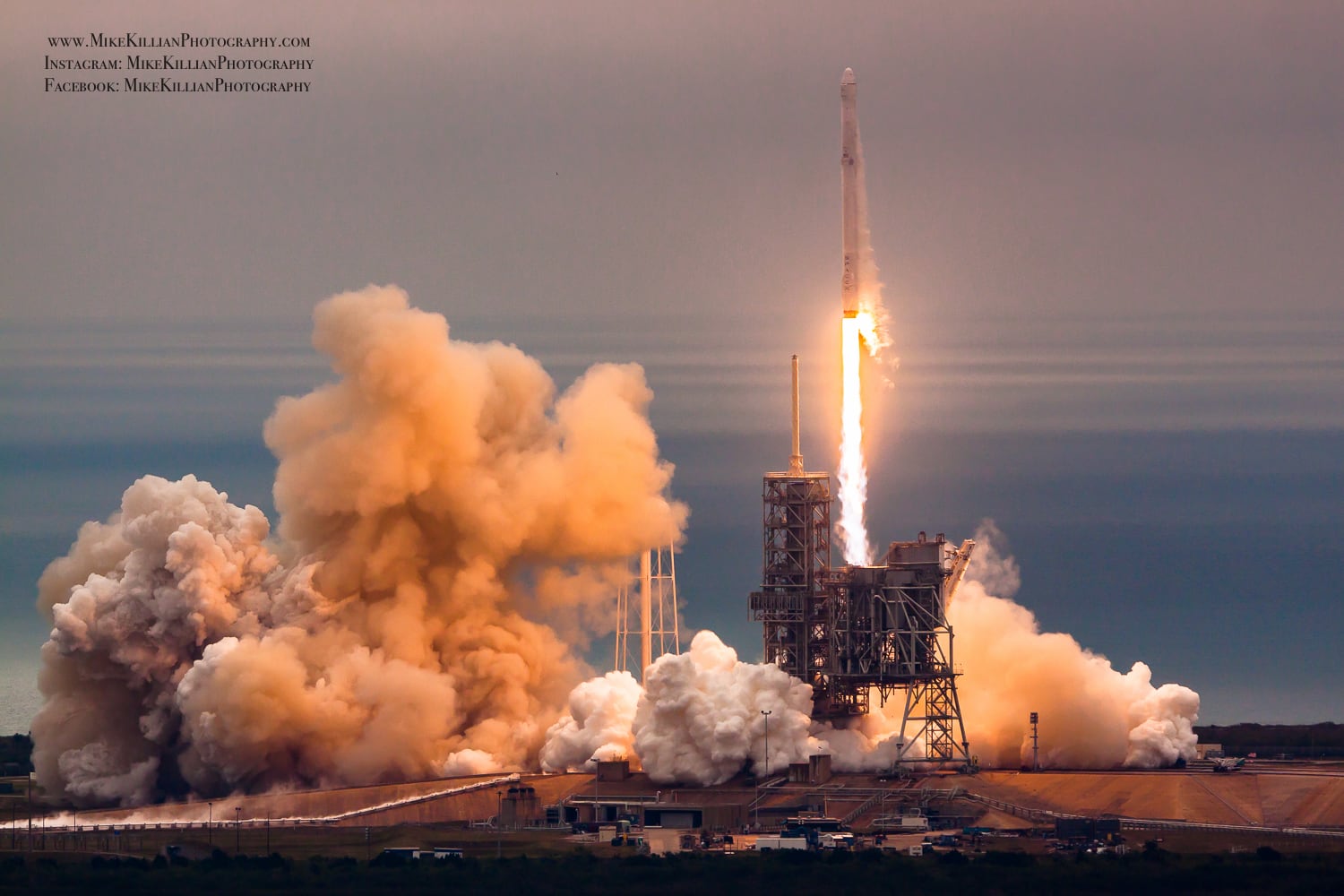
The rocket cores of a Falcon Heavy, while they may visually look similar to a Falcon-9, are in fact modified for the unique stresses and conditions that are created by attaching 3 rockets together, especially the center core, which is partly why the rocket has taken several years to design, build and test.
The rocket cores, having all been individually fired and tested in Texas, are now currently sitting in a hangar next to pad 39A at the Kennedy Space Center, and is expected to be rolled onto the launch pad later this month for a static test fire, where the rocket basically undergoes a practice countdown, with the engines firing briefly same as at liftoff, except the rocket never actually flies.
“There’s a lot of risk associated with Falcon Heavy, a real good chance that that vehicle does not make it to orbit,” Musk said earlier this year. “I want to make sure to set expectations accordingly. I hope it makes it far enough beyond the pad so that it does not cause pad damage. I would consider even that a win, to be honest.”
The next flight is actually for NASA to resupply the International Space Station with an un-crewed dragon cargo capsule, currently scheduled to launch no earlier than Dec 8 from nearby Cape Canaveral AFS launch complex 40. It will be the first launch off the old Air Force pad since SpaceX blew up a rocket and its AMOS-6 satellite on the pad over a year ago.
.
– Follow Mike Killian on Instagram and Facebook, @MikeKillianPhotography

